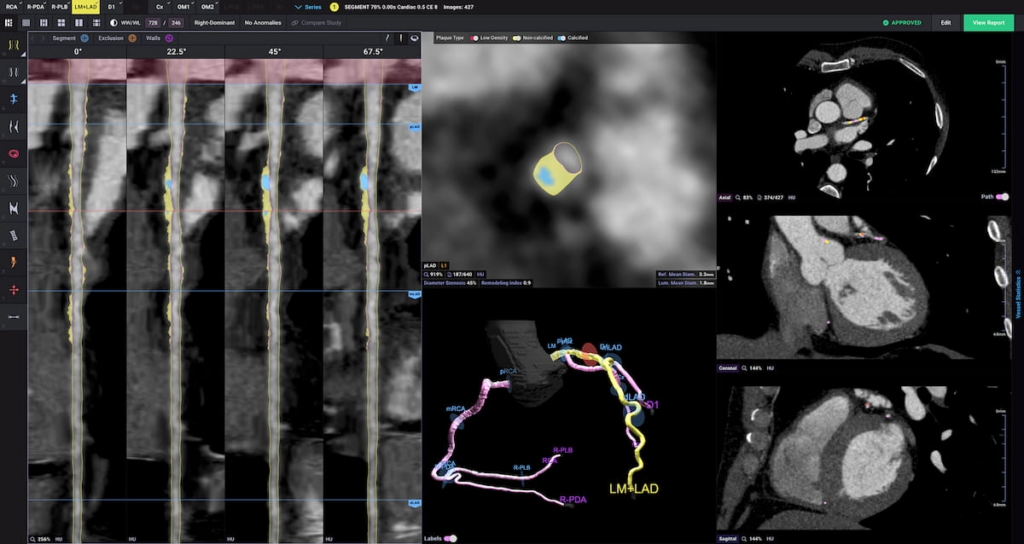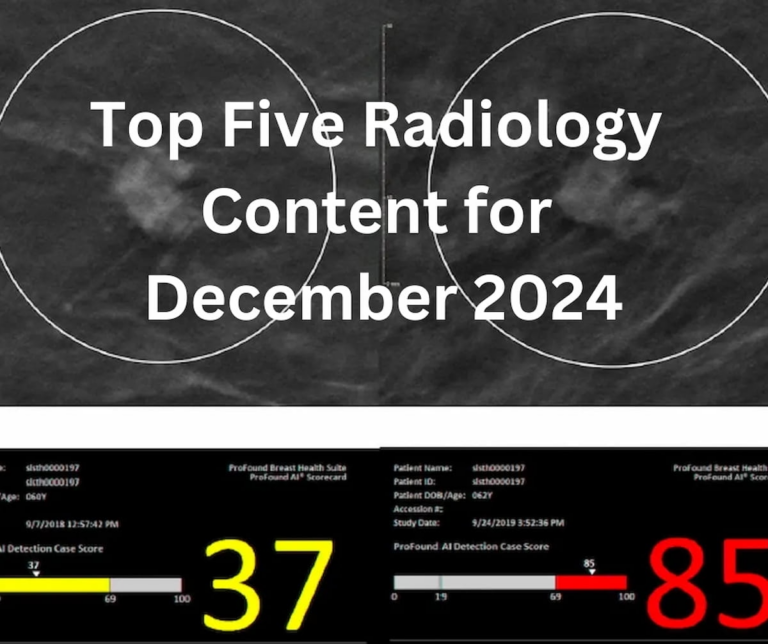
A multicenter study has shown promising advancements in identifying the risk factors for major adverse cardiovascular events (MACEs) in patients with suspected coronary artery disease (CAD). This breakthrough was achieved through the use of artificial intelligence (AI)-enabled assessments of coronary computed tomography angiography (CCTA). By employing sophisticated AI techniques, researchers were able to identify significant links between higher diameter stenosis and increased non-calcified plaque volume with the occurrence of MACEs.
The study was unveiled at the Transcatheter Cardiovascular Therapeutics (TCT) conference in Washington, D.C., where research focusing on AI quantitative assessment of CCTA exams was presented. Utilizing the Cleerly Ischemia software, the researchers analyzed data from 3,551 symptomatic patients suspected of having CAD.
A key finding from this research was the dramatic difference in non-calcified plaque volume detected in patients. Those who experienced MACEs had an average plaque volume of 148.80 mm³ compared to just 39.60 mm³ found in patients who did not suffer from such events. This data underscores the potential of AI in accurately measuring and predicting cardiovascular risks that could lead to serious health implications.
Additionally, the study revealed that a significant proportion of patients who suffered from MACEs, around 43.8%, showed more than 50% diameter stenosis. In contrast, only 13.2% of patients without MACE exhibited this level of stenosis. These findings further confirm the relationship between plaque buildup and potential cardiovascular complications.
James K. Min, M.D., the founder and CEO of Cleerly, emphasized the importance of integrating AI in diagnosing and managing coronary artery disease. He stressed that AI-QCT analysis of cardiac CT can accurately assess the percentage of diameter stenosis and detail non-calcified plaque volumes from a vast dataset. This highlights AI’s potential to not only enhance diagnostic precision but also facilitate timely interventions to lower the risks of severe cardiovascular incidents.
In a positive development linked to this research, the American Medical Association (AMA) announced the introduction of a CPT Category 1 code for the use of Cleerly Ischemia software. This code will be effective from January 1, 2026, reflecting the growing acceptance and potential for AI-powered solutions in medical diagnostics and treatment planning.
In essence, this study reflects a transformative approach in the patient care process for those at risk of CAD. The integration of AI in clinical settings holds the promise of changing how clinicians evaluate and address cardiac health, with the goal of significantly reducing the incidence of life-threatening cardiovascular events through enhanced predictive capabilities and early intervention strategies.


